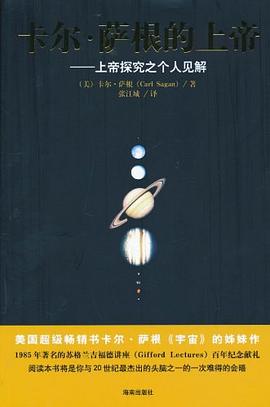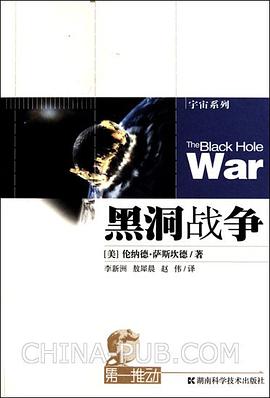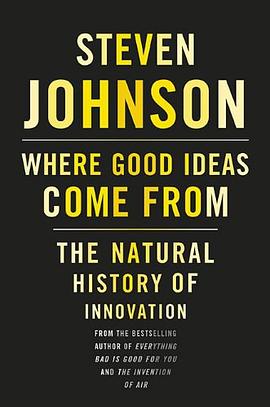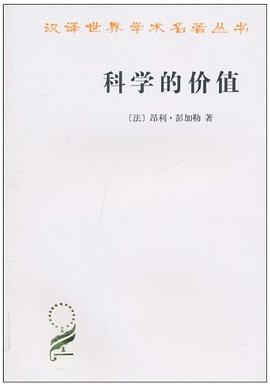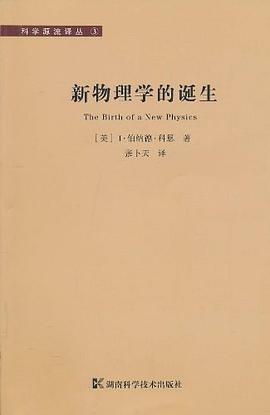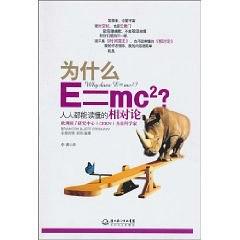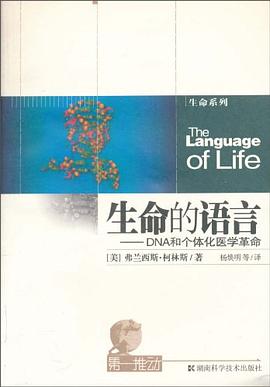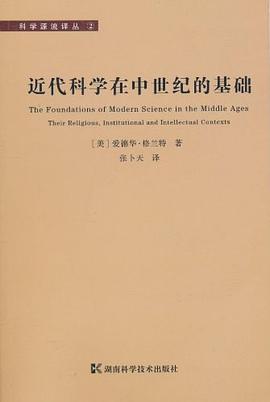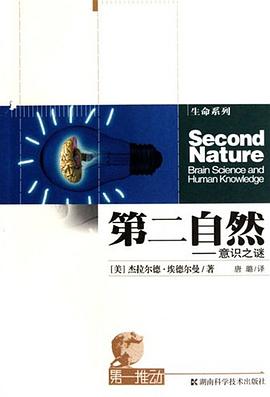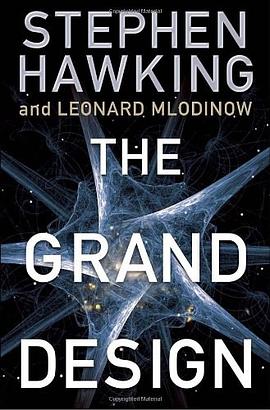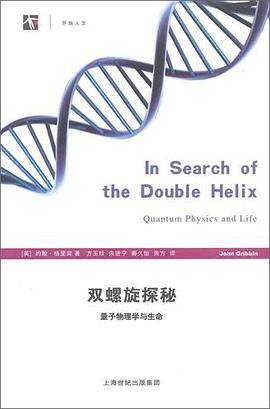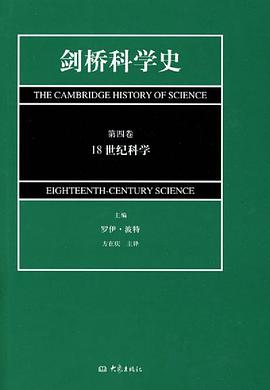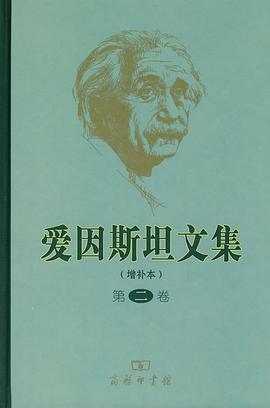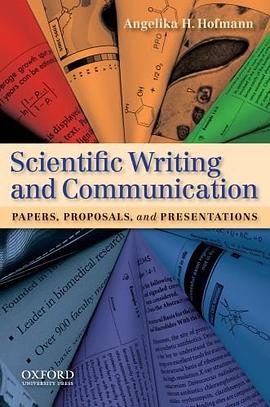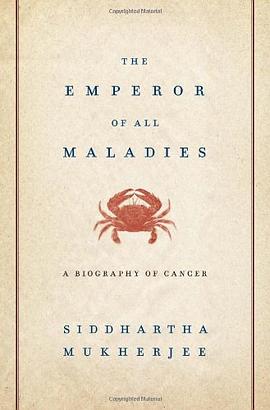

具体描述
Starred Review. Mukherjee's debut book is a sweeping epic of obsession, brilliant researchers, dramatic new treatments, euphoric success and tragic failure, and the relentless battle by scientists and patients alike against an equally relentless, wily, and elusive enemy. From the first chemotherapy developed from textile dyes to the possibilities emerging from our understanding of cancer cells, Mukherjee shapes a massive amount of history into a coherent story with a roller-coaster trajectory: the discovery of a new treatment--surgery, radiation, chemotherapy--followed by the notion that if a little is good, more must be better, ending in disfiguring radical mastectomy and multidrug chemo so toxic the treatment ended up being almost worse than the disease. The first part of the book is driven by the obsession of Sidney Farber and philanthropist Mary Lasker to find a unitary cure for all cancers. (Farber developed the first successful chemotherapy for childhood leukemia.) The last and most exciting part is driven by the race of brilliant, maverick scientists to understand how cells become cancerous. Each new discovery was small, but as Mukherjee, a Columbia professor of medicine, writes, "Incremental advances can add up to transformative changes." Mukherjee's formidable intelligence and compassion produce a stunning account of the effort to disrobe the "emperor of maladies." (Nov.) (c)
Copyright © Reed Business Information, a division of Reed Elsevier Inc. All rights reserved.
作者简介
Siddhartha Mukherjee is a cancer physician and researcher. He is an assistant professor of medicine at Columbia University and a staff cancer physician at the CU/NYU Presbytarian Hospital. A former Rhodes scholar, he graduated from Stanford University, University of Oxford (where he received a PhD studying cancer-causing viruses) and from Harvard Medical School. His laboratory focuses on discovering new cancer drugs using innovative biological methods. Mukherjee trained in cancer medicine at the Dana Farber Cancer Institute of Harvard Medical School and was on the staff at the Massachusetts General Hospital. He has published articles and commentary in such journals as Nature, New England Journal of Medicine, Neuron and the Journal of Clinical Investigation and in publications such as the New York Times and the New Republic. His work was nominated for Best American Science Writing, 2000 (edited by James Gleick). He lives in Boston and New York with his wife, Sarah Sze, an artist, and with his daughter, Leela.
目录信息
Prologue 1
Part 1 "Of blacke cholor, without boyling" 9
Part 2 An Impatient War 105
Part 3 "Will you turn me out if I can't get better?" 191
Part 4 Prevention is the Cure 235
Part 5 "A Distorted Version of Our Normal Selves" 335
Part 6 The Fruits of Long Endeavors 393
Atossa's War 461
Acknowledgments 471
Notes 473
Glossary 533
Selected Bibliography 537
Photograph Credits 543
Index 545
· · · · · · (收起)
读后感
这是我迄今为止读过最好的科普书。 毫 无疑问,这是一本工程浩大的经典,一本详实严谨的科学著作,同时,它也是一本史诗般的传记。如果说写作的对象在一定程度上决定写作的结果,那这本书的主题 ——被作者称为万疾之王的癌症,在我看来,应该是长长的人类疾病名单中(其实不...
评分本书的作者有一个非常有禅意的名字,悉达多,与释迦牟尼本人一个名字。相同的名字之外,两者都在往生者和现世人中穿梭,试图捕捉生死无常的真相。读《众病之王-癌症传》有一个多月,被这个疾病的各种意向俘虏。它带来的表象与隐喻,历史与现在,雄心与挫败,民生与政治,孜孜不...
评分还没地方买,中信出版的书以图快为重点,翻译的书评差的一塌糊涂,以前看过的《黑天鹅》<《货币崛起》等十几本图书都翻译的极差,大段漏译,错译。 不过佛格森的《帝国》翻译的尚可。我习惯拿着中文译本听英语语音版。等我读完再评价翻译水平。
评分“……可以认为癌症在试图仿效一个再生器官;或者更令人不安的是在仿效一个再生的有机体。其对永生不死的追求反映了我们自己的追求,埋藏在我们的胚胎和器官重生中的一种追求。有一天,如果癌症成功了,它将产生一个比其宿主更加完美的生命,具有不死的特性和增殖的动力。...
评分这本《The Emperorof All Maladies》作者SiddharthaMukhejee(看名字是印度裔的)是一个肿瘤医生,在他行医过程中,因为需要不断的向患者解释癌症的来龙去脉而诞生了写一本关于癌症这种疾病的传记的想法,并把它非常辉煌地以36万5千字付诸实施,2010年6月成书在美国出版,2011...
用户评价
从最后几章看来,因为长久以来积累的大量数据,对人类身体前所未有和不断深入的了解,还有现在越来越给力的计算机,癌症也没那么可怕了。艾滋病不是其实也解决的差不多了么?
评分伴随着我渡过了纽约律所实习时的地铁时光,有时晚上加班困极了,读着读着就睡着,醒来发现坐过了站,而夜太深local的列车又停运了,只得穿过许多街区走过哥大校园回到出租屋。现在都不知道,让我沮丧的,是关于癌症的论调,还是工作。想起曾经读到过的,别急着觉得自己一无所有,你还可以有病呢。
评分嗯,以后如果遇到别人求我推荐一本非虚构读物,不要太学术也不要太肤浅,大家都能读且都觉得好看的,就是这本了。不知道中译本翻得如何。
评分除了用科普的笔触去写人类对癌症认知的历史,作者还调查了“和癌症做斗争”的政治和社会运作。几乎是想象中科普作者的最佳语气。就像之前读过这本书的一位朋友说的,在我们这个时代大概每个人都会有机会旁观或亲历对抗癌症的战斗。
评分推荐购买。知识量很大,有机会再度一遍。
相关图书
本站所有内容均为互联网搜索引擎提供的公开搜索信息,本站不存储任何数据与内容,任何内容与数据均与本站无关,如有需要请联系相关搜索引擎包括但不限于百度,google,bing,sogou 等
© 2026 book.quotespace.org All Rights Reserved. 小美书屋 版权所有

